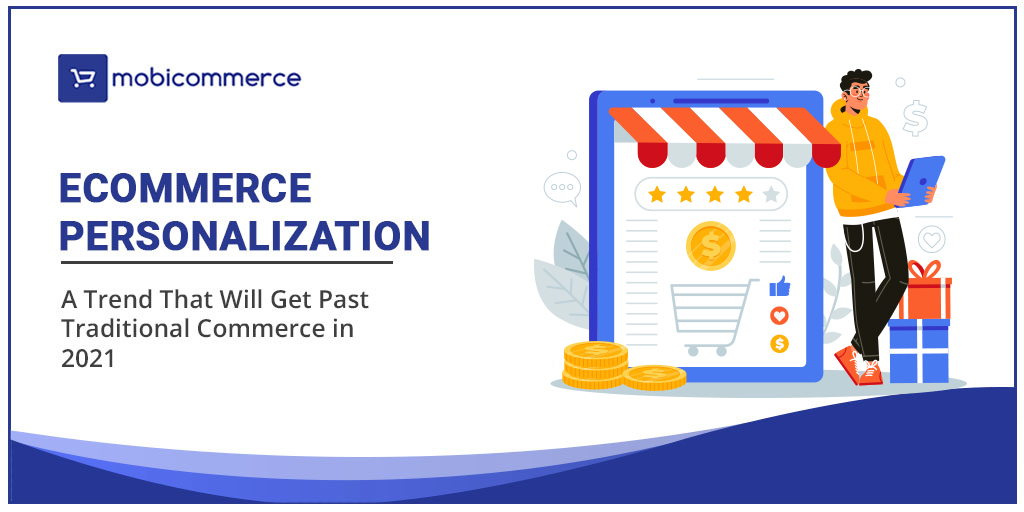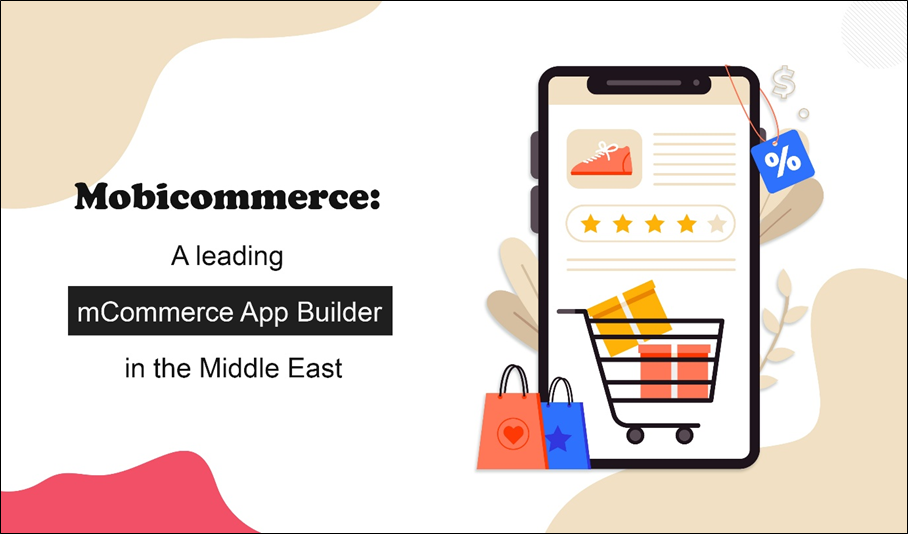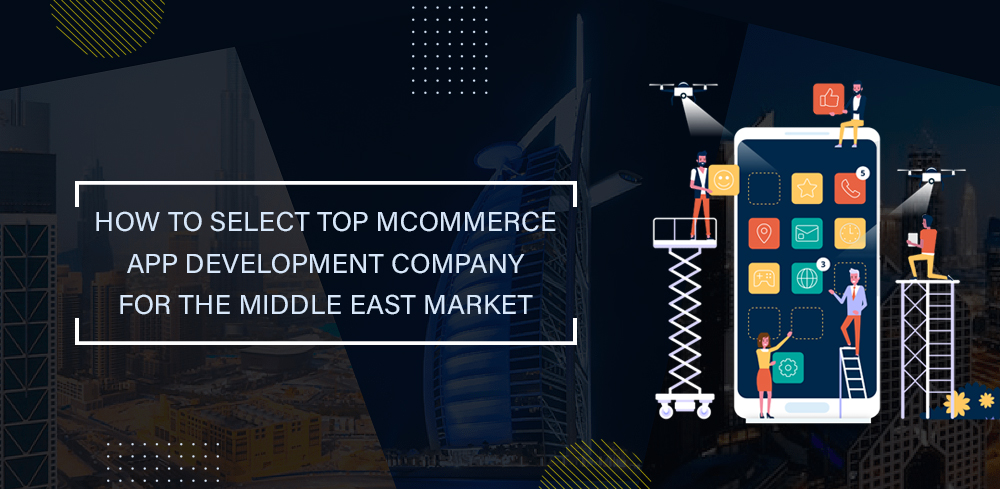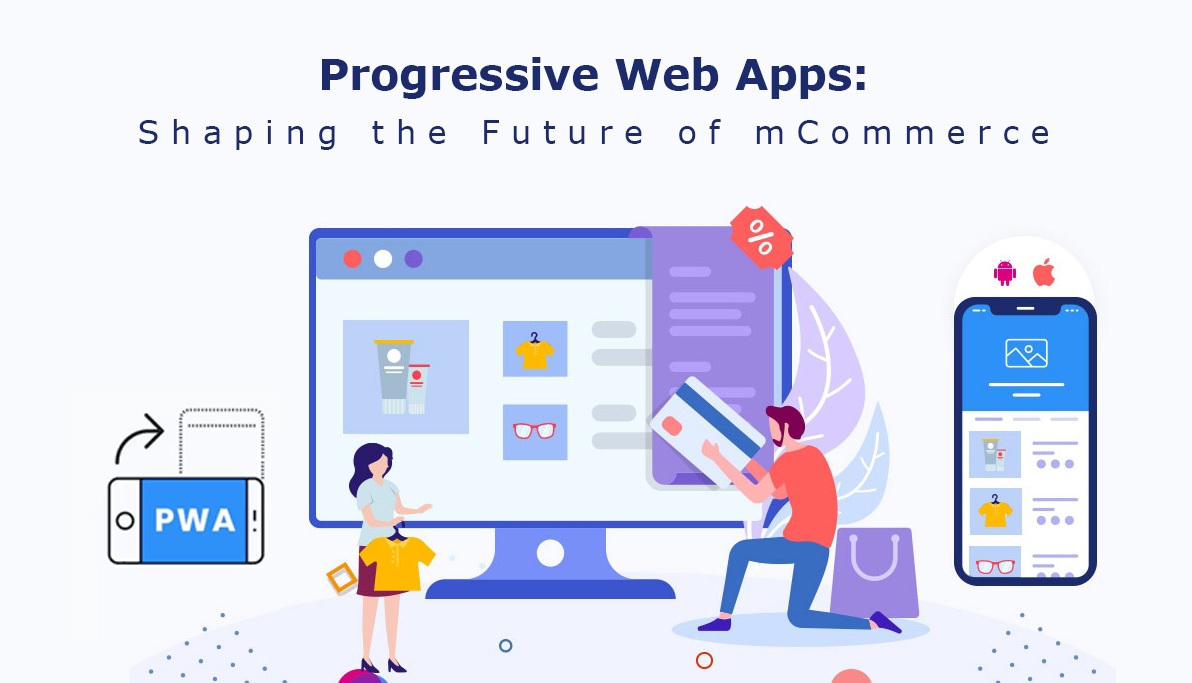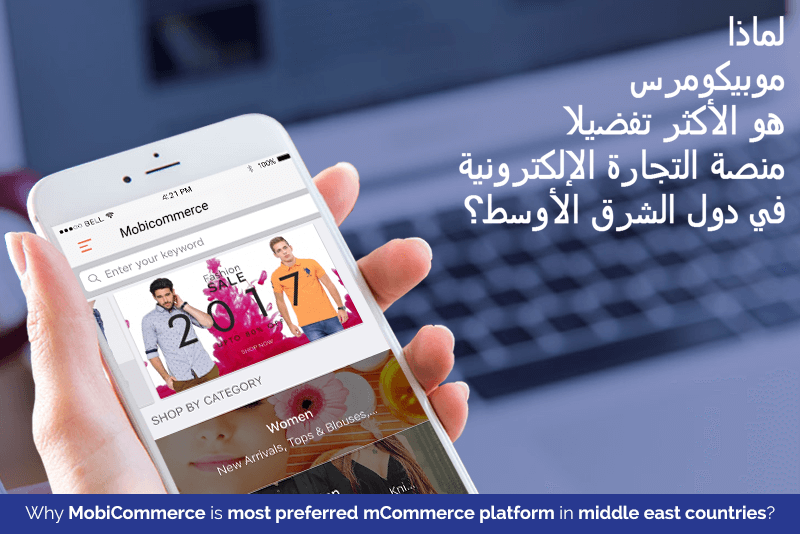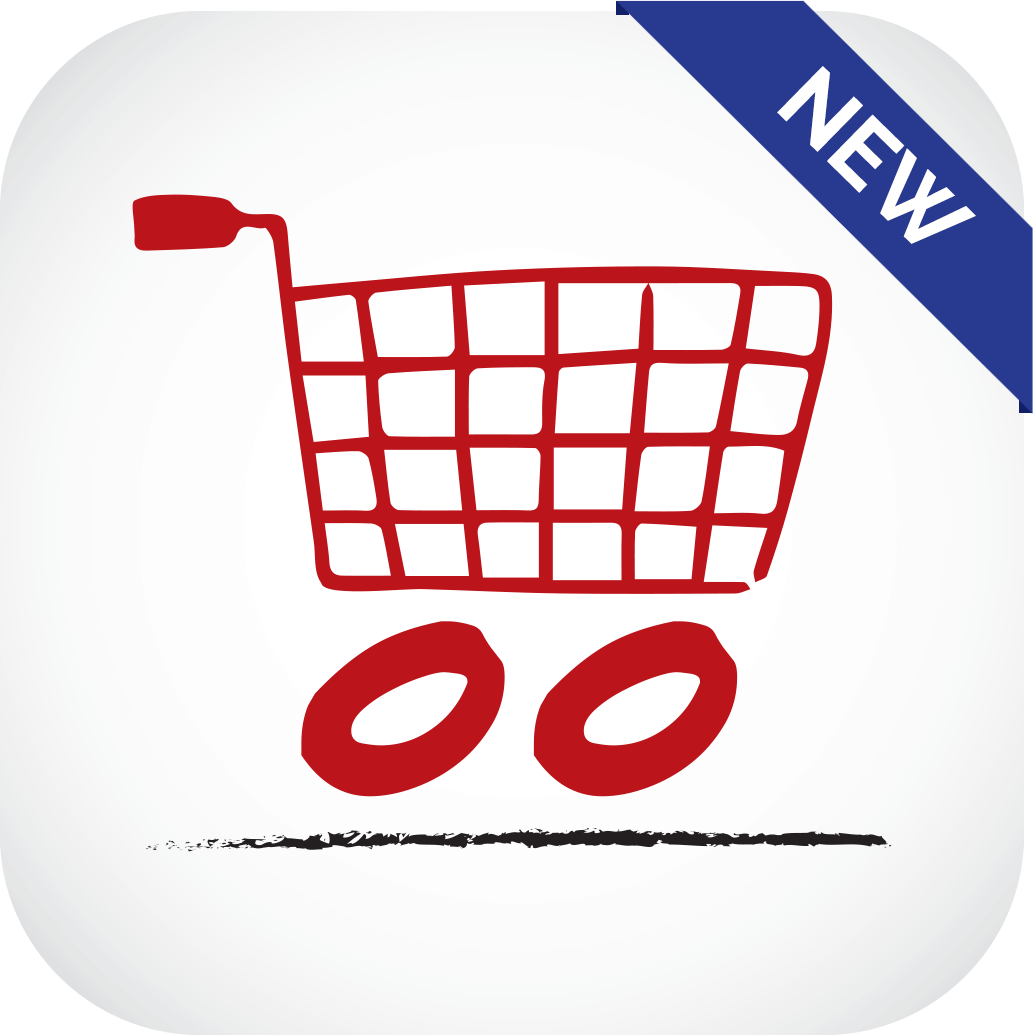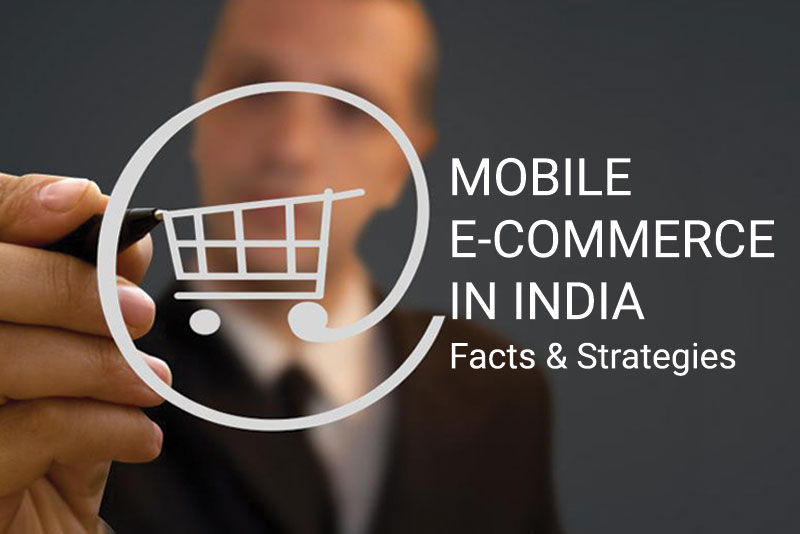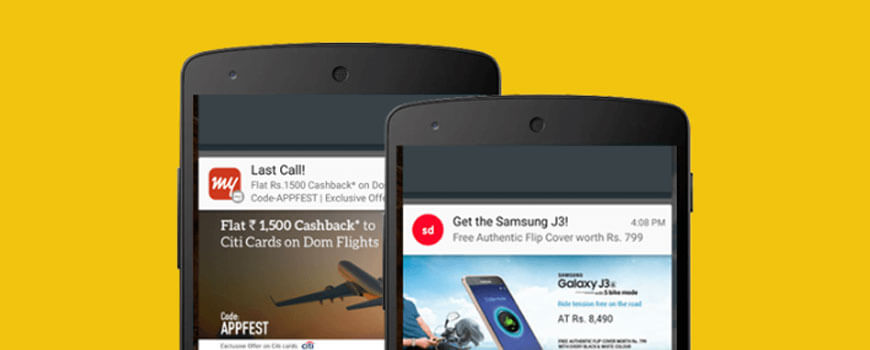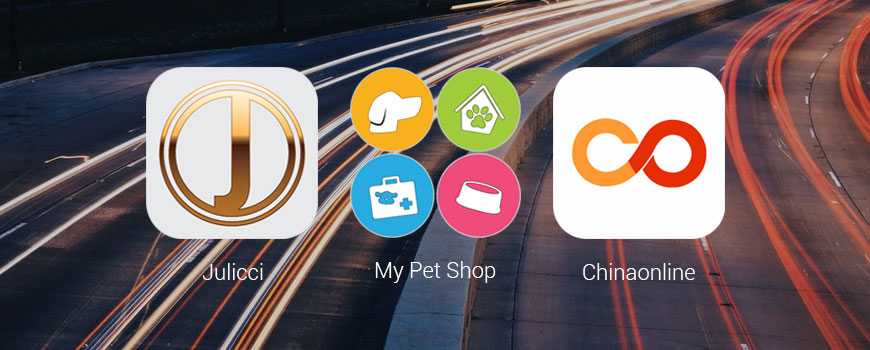Shopping earlier was what you want to buy, and sellers show it to you but today, it is more like sellers already know what you are looking for and they display it and you simply have to pay for it. Got the point? It is nothing but eCommerce personalization that is taking over traditional commerce.
eCommerce has revolutionized the shopping experience so much that now, shopping offline feels like a challenging task with no fun. Although there are various features in eCommerce that are making it a preferred mode of shopping, personalization is something that is winning hearts and luring people more towards online shopping that we got to see more in the previous year not because it gained fame recently; but because of the deadly pandemic.
The year 2020 witnessed a major shift of everything offline to online from office meetings, social gathering, celebrations to the most important shopping. Hence, the adoption of digital commerce is not at all a new concept that sprouted in 2020. It simply accelerated due to COVID-19. Thus, in order to keep customers, continue with the online saga, retailers are now taking eCommerce personalization more seriously, and it seems that it will soon take over traditional commerce.
For a long period of time, eCommerce has been seeking the holy grail of personalization – a consistent, cross-channel experience that adapts to customer requirements and goals in real-time. To achieve this, retailers have started adding conversational commerce elements like messenger chatbots, artificial intelligence (AI), and customized information etc., to their online store. But, before we weave stories around it, let us understand what we mean by eCommerce personalization.
Also Read: 7 Steps to Prepare Your Ecommerce Business for Continuity and Unexpected Future Post-COVID-19
What is eCommerce Personalization?
eCommerce Personalization refers to the way of making customers feel special by creating personal interactions and experience on eCommerce sites and improving their shopping experience by showing them content, product recommendations, media etc., based on their previous actions, browsing behaviour, purchase history, demographics, and other personal data.
Personalization is becoming an important part of eCommerce as it is the best way to bring in more customers, achieve customer loyalty and repeat purchases, keep shoppers engaged, drive sales, increase conversion, and to boost growth and productivity.
eCommerce Personalization and Conversational Commerce
There are various ways to offer eCommerce personalization to the customers, and integrating top-notch technologies to the online platform is the first step towards it. Offering eCommerce personalization is becoming easier and attainable with conversational commerce that is nothing but an automated technology powered by rules and artificial intelligence (AI) that enables online shoppers and brands to interact through Messenger chatbots, RPA (Robotica ProcessAutomation) and voice interfaces like Alexa by creating an interactive environment that compensates for the missing human touch typical of a physical brick-and-mortar store.
In short, conversational commerce and eCommerce personalization are like two sides of the same coin but, their purpose is similar i.e, to provide a personalized shopping experience to the customers. In fact, conversational commerce act as a medium to provide a personalized experience to customers that is now slowly overtaking the traditional way of commercialization.
Thanks to the latest technologies, data collection, understanding customer behavior, providing them with what they need or are looking for, giving them an individualized shopping experience, all have been possible due to the duos.
Personalized Commerce Is the Next Frontier
Customers love personalization, and with online retailers competing with each other, they are implementing personalization strategies better from one another in order to please customers. Moreover, with personalized customer experience being something that customers do not get in any traditional commerce; it is quite natural for them to bend towards online shopping more than offline. After all, a salesperson asking you what you like and displaying products is better than a technology showcasing what’s on your mind based on the data collected and stored from your past interactions with the store.
So, what can be done to give a personalized shopping experience to the customers? Well, here are some of the strategies that you can implement on your online store and see the magic happen.
- Create Personalized Homepages – Homepages are the first impression, and hence you got to do it right. Greet them in the way that you get to win a position in their heart. If gathering their information via cookies, make use of it in improving their shopping experience.
- Offer Personalized Guides – Like, in traditional commerce where a salesperson assists you in shopping, you too can offer a personal shopping assistant for every customer on your online store. Take a quiz about their taste, style choices, size, and budget, and provide on-site assistance when they shop next time.
- Display Recently Viewed Items – Not necessarily everyone visiting your store will shop, but while browsing, some may like a particular product of yours but forgets to wishlist. Hence, with the “Recently Viewed” section on the homepage, you can remind and urge them to make the purchase.
- Personalize Product Pages Based on Location – Knowing where your customers are by asking them directly or via cookies, you can provide a more accurate shopping experience for customers that they will remember forever.
- Create Special Campaigns Based on User Behavior – No two visitors are the same, and hence offering the same to everyone doesn’t make any sense. Personalizing your on-site messages will attract customers more than you can imagine.
- Get Personal in Email Marketing – There’s no limit to the personalization you can do on emails. Starting from the subject lines, wishing your customers on birthdays and anniversaries, offering discounts up to reminding them about completing a purchase, you can personalize emails the way you want.
- Make More Personal Recommendations – Personalized recommendations have emotional value. If done right, they can directly hit the customers at the right spot.
Now, let’s understand various benefits one can achieve with eCommerce personalization
- Improve Customer Experience – Of course, a personalized shopping experience means a customer’s interest in your online store will double up, leading to more sales and conversions.
- Save Time & Resources – Messenger chatbots are the real time saver. From providing a personalized shopping experience to pulling leads, as well as engaging customers with conversations, they can handle all freeing you for other important tasks.
- Know Customers Better – With personalized interaction via chatbots, you will get to know your customers better to serve them the best.
- Increment in Sales – The more personalized experience a customer receives from your end, the more it will keep coming back to you which means; a boost in sales.
- Be Unique – The online competition is tough, and to stand out, you need to have some unique elements in your store that can be personalized for attracting customers. So, build an app using eCommerce mobile app builder that allows you to create a user-friendly environment with unique elements.
Summing Up
With incremental shift happening in customer’s behavior due to growing digitalization and the pandemic effect, an online presence with personalized experience is becoming a necessity more than just a trend. And, if you are in a notion that only big brands can afford classy technologies like AI, chatbots, messaging apps, PWAs, native mobile apps, voice assistants, etc., then guess what? They do not come at a fancy price that a small business cannot afford, in fact, one must gear it up all if one really wishes to survive the competition and the future ahead.
Need expert advice? Mobicommerce – an eCommerce solution provider in the Middle East and other countries is at your service!
